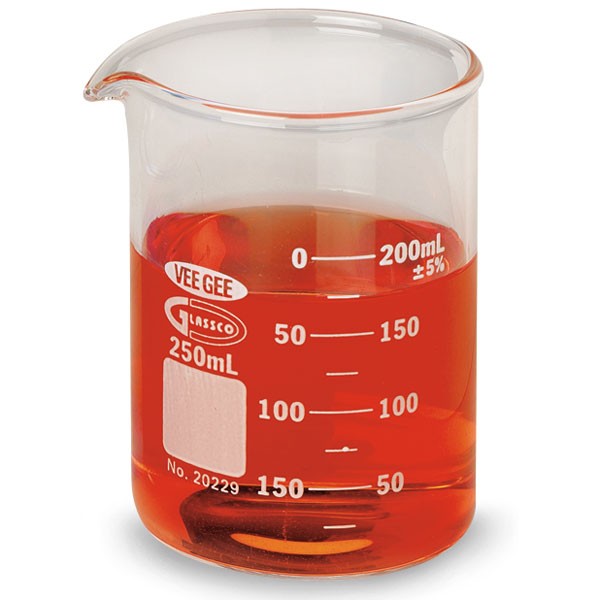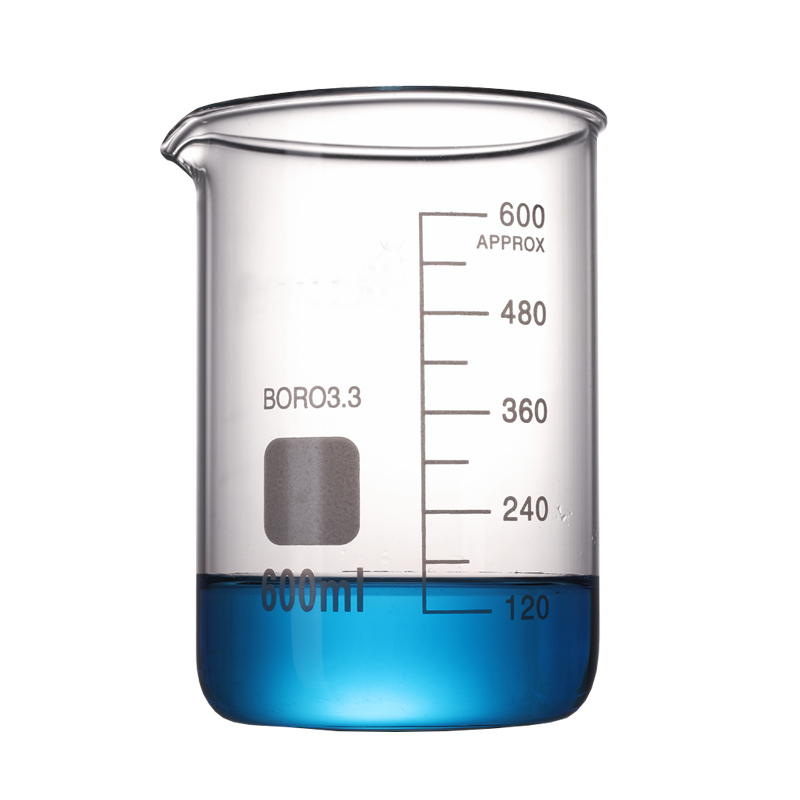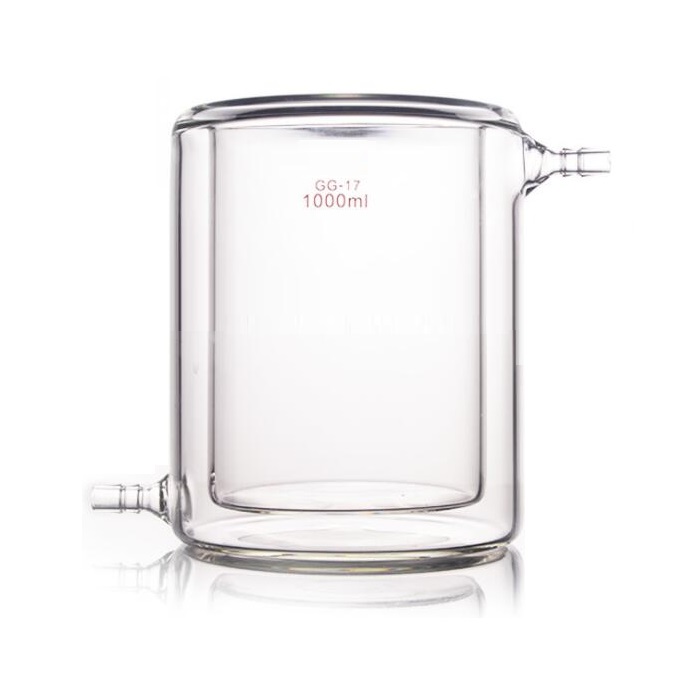When it comes to laboratory or kitchen work, glass beakers are essential tools. They serve various purposes, ranging from mixing and heating liquids to measuring precise volumes. For students, researchers, chefs, and hobbyists, selecting the right glass beaker is crucial for achieving accurate results and ensuring safety. This guide will help you navigate the factors involved in choosing the right glass beaker, from sizes and features to appropriate usage practices.
Understanding the Basics of Glass Beakers
What Are Glass Beakers?
Glass beakers are cylindrical containers with a flat bottom and a spout for pouring. They are commonly made of borosilicate glass, which is durable and resistant to thermal shock. This material allows beakers to withstand high temperatures, making them suitable for heating substances over a flame or in an oven. While often used in scientific settings, glass beakers have gained popularity in culinary applications, especially for techniques requiring precise measurements.
Common Uses of Glass Beakers
In laboratories, glass beakers play a significant role in experiments and analyses. They can hold and mix chemicals, serve as reaction vessels, or facilitate the preparation of solutions. In cooking or baking, they function similarly but often for combining, melting, or measuring ingredients. Understanding the differences in usage can help guide choices, whether you’re a scientist in a lab or a culinary enthusiast at home.

Sizes of Glass Beakers
Determining the Right Size for Your Needs
Glass beakers come in various sizes, commonly ranging from 50 milliliters (ml) to several liters. When choosing a size, consider what you will be using the beaker for. Smaller beakers are ideal for precise measurements and small-scale experiments, while larger beakers are useful for mixing larger quantities of liquids. Standard sizes typically include:
- 50 ml Beaker: Great for small samples or highly concentrated liquids.
- 100 ml and 250 ml Beakers: Versatile sizes for everyday lab tasks, ingredient mixing, or baking.
- 500 ml and 1L Beakers: Perfect for larger quantities, making them ideal for experiments requiring more reagents or cooking larger recipes.
Understanding Volume and Overflow
Choosing a beaker that holds slightly more than the actual volume you need to work with is wise. Doing so ensures you have enough space to avoid spills or overflow when mixing or heating substances. For example, if you expect to mix 300 ml of a solution, selecting a 500 ml beaker would provide ample room for stirring or adding more components without risk.
Features to Look For in Glass Beakers
Material Composition
The glass material is the cornerstone of a beaker’s functionality. As noted earlier, borosilicate glass is the preferred material due to its high resistance to temperature changes. Ordinary glass may shatter under heat or sudden temperature shifts, leading to hazardous breakage. When selecting a beaker, verify that it is made of borosilicate or another heat-resistant glass material to ensure longevity and safety in use.
Graduated Markings
Graduated markings on the side of the beaker allow users to measure liquid volumes accurately. These markings usually indicate specific volume measurements and can be found on many standard laboratory beakers. Choosing a beaker with clear, precise markings will aid in achieving accurate measurements when performing experiments or combining ingredients.
Spout and Handle Design
Not all glass beakers have the same pouring capabilities. Some beakers come with well-designed spouts that facilitate easy pouring without spilling, while others may not be as efficient. When considering handle designs, some beakers feature a larger handle that ensures better grip and control during pouring. Selecting a beaker with a properly designed spout and handle adds convenience and reduces the likelihood of accidents during use.

Safety Practices When Using Glass Beakers
Handling and Storage
Glass beakers, while durable, require careful handling to prevent accidents. Always handle beakers with clean, dry hands to avoid slipping. When storing, keep them in a secure, dry area where they won’t be knocked over. Consider wrapping beakers in cloth or storing them within a protective case to safeguard them while not in use.
Heating Techniques
When heating liquids in a glass beaker, always employ a heat source appropriate for the material. A Bunsen burner or hot plate is suitable for laboratory use. Avoid direct flame contact where possible, as it may cause localized overheating and lead to breakage. Gradual heating and careful monitoring will help mitigate the risk of thermal shock.
Cleaning and Maintenance
After use, always clean glass beakers properly to remove any residual substances. Letting residues dry on the beaker can create difficulty in future uses. Use warm water and an appropriate cleaning solution to ensure all remains are gone. Check for any chips or cracks before the next use, as these can lead to problems during experiments. Replace damaged beakers immediately to maintain safety and functionality.
Versatile Applications of Glass Beakers
In the Laboratory
Glass beakers are essential tools in laboratories across various scientific fields. Chemists frequently use them to mix chemicals, prepare solutions, or conduct titrations. They are also useful for heating liquids while observing reactions. Beakers provide researchers with a straightforward solution for handling liquids in experiments, along with easy visibility to monitor contents.
In the Kitchen and Culinary Arts
Culinary professionals and home cooks alike have adopted glass beakers into their kitchens. They are ideal for precise measurements of ingredients, especially in baking. Whether weighing liquid ingredients or melting chocolate, glass beakers offer control and accuracy. Their heat-resistant properties also make them suitable for double boiling or microwave-safe tasks, providing versatility during cooking.
Common Mistakes to Avoid
Choosing the Wrong Size
One of the most frequent mistakes people make when selecting a glass beaker is opting for the wrong size. Choosing a beaker that is either too small or too large can complicate measurements and mixing. Always calculate expected volumes needed, and remember that mixing or boiling may require extra space to avoid spills.
Neglecting Material Properties
Another mistake is overlooking the beaker’s material properties. Using a regular glass beaker for high-temperature applications can lead to breakage, causing hazards and disrupting experiments or cooking processes. Always verify the material, ensuring it can withstand the conditions you plan to use it in.
Inadequate Cleaning
Failing to clean glass beakers thoroughly can lead to contamination in future experiments or recipes. Residues can alter the success of chemical reactions or flavors of food. Make it a habit to clean immediately after use to prevent buildup and maintain the accuracy of your measurements.

Selecting the Ideal Glass Beaker for Your Needs
Choosing the right glass beaker can significantly impact your work, whether in the lab or kitchen. By understanding the different sizes, material properties, features, safety practices, and practical applications, you can make an informed decision tailored to your needs.
Prioritize factors such as durability, clarity of graduated markings, and the design of the pouring spout when making your selection. Take the time to evaluate potential beakers by considering how often you will use them, what tasks you expect to perform, and the size of the volumes you’ll be dealing with.
By carefully selecting a high-quality glass beaker and employing best practices for its use and maintenance, you will maximize its efficiency in both scientific and culinary tasks. Embrace the versatility that glass beakers offer, and enhance your capabilities with this essential lab and kitchen tool. As you engage with glass beakers confidently, you will enhance your skill in measurement and preparation, ultimately improving the outcomes of your experiments and culinary creations.
